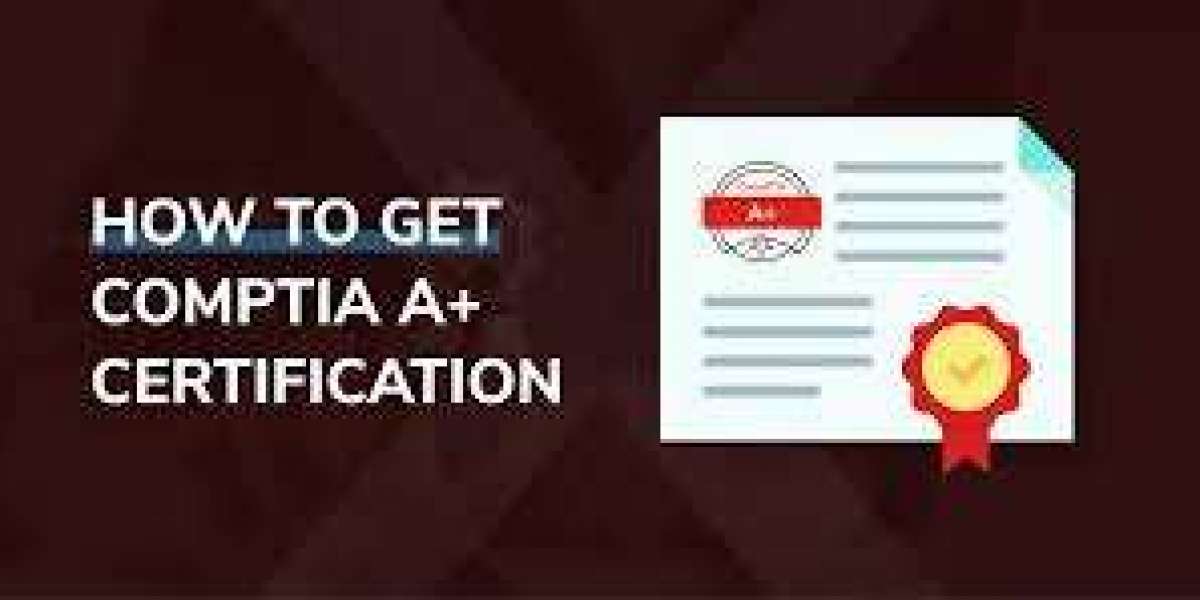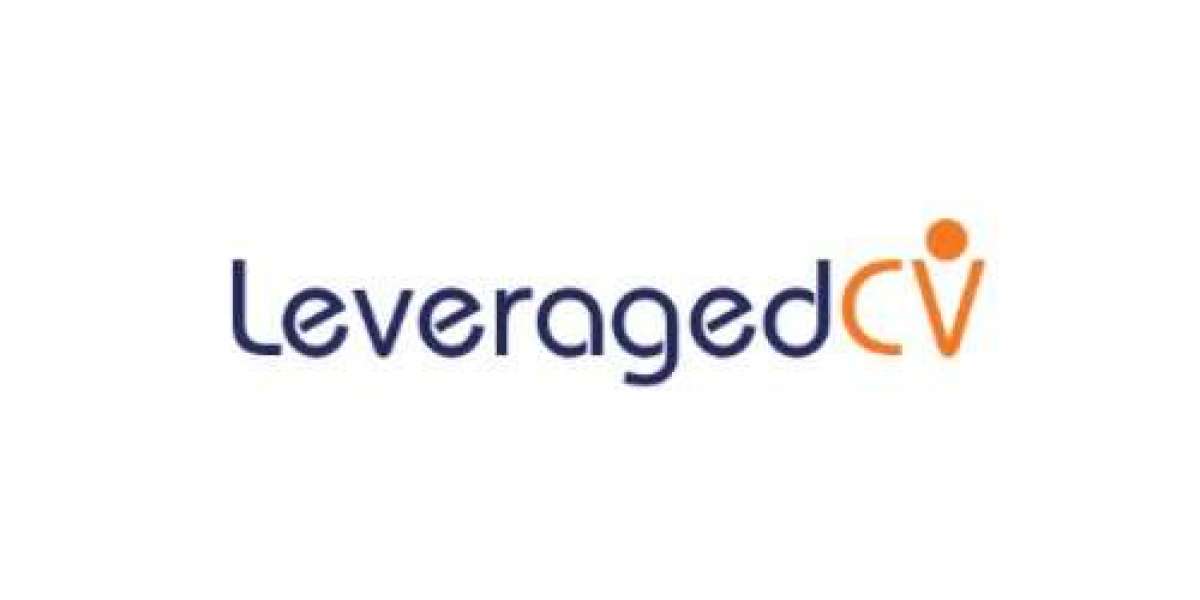Mastering Mobile Devices for CompTIA A+ 220-1101 Certification Exam
The CompTIA A+ Certification Exam Core 1 (220-1101) is one of the most recognized certifications for IT professionals. A key part of this exam is understanding Mobile Devices, a rapidly evolving topic given the increased reliance on portable technology in business environments. Mastery of mobile devices is essential to passing the exam, and understanding the concepts within this domain will not only help you with the 220-1101 exam but also improve your practical IT troubleshooting skills.
In this article, we will explore the Mobile Devices topic for the CompTIA 220-1101 exam, highlighting key concepts, exam resources, and preparation strategies that will ensure you are fully equipped for success.
Key Concepts of Mobile Devices for CompTIA 220-1101 Exam
The Mobile Devices section of the CompTIA 220-1101 exam focuses on the hardware, features, configuration, and troubleshooting of mobile technology. Here are some core concepts to focus on:
1. Mobile Device Types
Smartphones: Operating systems (iOS, Android), app management, and connectivity features.
Tablets: Larger display functionalities, connectivity options, and productivity tools.
Wearable Devices: Devices like smartwatches, fitness trackers, and their Bluetooth connectivity.
Laptops: Hardware specifications, wireless connections, and power management.
2. Mobile Device Accessories
Learn about external keyboards, docks, charging cables, adapters, and storage solutions.
Focus on compatibility and use cases for different accessories, especially in a corporate setting.
3. Cellular Technologies
Understand cellular networks (LTE, 4G, 5G) and the differences between GSM and CDMA technologies.
Study how mobile devices use SIM cards, manage mobile data connections, and roaming features.
4. Configuring Mobile Devices
Bluetooth, Wi-Fi, hotspot creation, and NFC configuration are essential.
Focus on securing devices via passwords, biometrics, and multi-factor authentication.
5. Mobile Device Synchronization and Backup
Learn how to back up data, perform device synchronization (via the cloud or local storage), and manage data across devices.
Pay attention to data recovery processes and mobile device encryption.
6. Mobile Device Troubleshooting
Study the common issues: battery life, connectivity problems, screen malfunctions, and app crashes.
Explore diagnostic tools, safe mode, and factory reset procedures as troubleshooting steps.
Exam Preparation: Official Resources and Tools
1. CompTIA Learning Resources
CompTIA provides official materials to help candidates prepare for the exam. The Official CompTIA A+ Study Guide and CompTIA A+ Labs offer practice tests and hands-on labs, covering essential mobile device configurations and troubleshooting. You can find these resources at:
CompTIA CertMaster Practice
2. Mobile Device Simulators
Practicing with mobile device simulators can be invaluable. Use tools like:
TestOut PC Pro: Offers simulations for configuring and troubleshooting mobile devices.
Cisco Packet Tracer: Useful for mobile device network simulations.
Core Features of Mobile Devices in 220-1101 Exam
1. Operating Systems
Mobile operating systems such as iOS and Android form a core part of the exam, requiring knowledge of their interface, security features, and application ecosystems.
2. Device Security
Password protection, fingerprint readers, and facial recognition are all features that must be understood to safeguard mobile data.
3. Wireless Connectivity
Learn how mobile devices connect to different wireless networks (Wi-Fi, cellular, Bluetooth) and the challenges involved in configuring and troubleshooting these connections.
4. Mobile Hardware
Understanding the hardware architecture of mobile devices—batteries, display types (OLED, LCD), and sensors (GPS, gyroscope)—is critical.
Practice Test Questions for CompTIA A+ 220-1101 Mobile Devices
Let me guide you through the key benefits of using these Free Sample Exam Questions: improve your knowledge, familiarize yourself with the exam format, identify weak areas, and boost your confidence for a higher chance of success.
Which wireless technology is commonly used to enable hands-free communication between a smartphone and a car’s infotainment system?
A) NFC
B) Wi-Fi
C) Bluetooth
D) 4G LTE
Answer: C) Bluetooth
Explanation: Bluetooth is commonly used to establish hands-free connections between mobile devices and car infotainment systems.
What is the primary difference between GSM and CDMA mobile technologies?
A) GSM uses SIM cards, while CDMA does not.
B) CDMA has faster data speeds.
C) GSM allows for multiple users on a single channel.
D) GSM operates at higher frequencies than CDMA.
Answer: A) GSM uses SIM cards, while CDMA does not.
Explanation: GSM relies on SIM cards for device identification, whereas CDMA is linked to the device itself.Which method is the most secure way to back up a mobile device?
A) Syncing with a cloud service using 256-bit encryption
B) Backing up to a local SD card without encryption
C) Using USB transfer to an unencrypted hard drive
D) Sending data via email attachment
Answer: A) Syncing with a cloud service using 256-bit encryption
Explanation: Cloud backups using high-level encryption offer both security and convenience.Which component is typically used in smartphones for detecting the device's orientation?
A) NFC chip
B) Gyroscope
C) Bluetooth module
D) Wi-Fi adapter
Answer: B) Gyroscope
Explanation: The gyroscope detects the orientation of the smartphone, which is vital for applications like gaming or screen rotation.
A user reports that their smartphone’s battery drains too quickly. Which of the following should be checked first?
A) Screen brightness settings
B) Installed app permissions
C) Mobile network signal strength
D) Bluetooth connectivity
Answer: A) Screen brightness settings
Explanation: High screen brightness is a common cause of excessive battery drain in smartphones.
Tailored Tips for CompTIA A+ 220-1101 Exam Success
1. Hands-on Practice
Mobile devices require practical experience. Use old or spare smartphones and tablets to practice tasks such as installing apps, troubleshooting Wi-Fi connections, and setting up device security features.
2. Visual and Auditory Learning
Visual learners can benefit from watching YouTube tutorials or video courses from platforms like LinkedIn. Auditory learners can download relevant podcasts or listen to recorded lectures.
3. Flashcards for Terminology
Use flashcards to memorize the key terminologies such as IMEI, MEID, and MMS. Tools like Anki or Quizlet are great for this.
Top 3 FAQs for CompTIA A+ 220-1101 Mobile Devices
What mobile operating systems are covered in the CompTIA A+ 220-1101 exam?
The exam covers iOS and Android primarily, with some mention of Windows and Chrome OS devices.How important is knowledge of mobile accessories for the exam?
Understanding mobile accessories such as charging docks, keyboards, and external storage is essential for troubleshooting and configuration tasks in the exam.What are the key areas to focus on for Mobile Devices in the exam?
Focus on mobile connectivity, troubleshooting, hardware components, and mobile security features. You can practice these using Study4Exam CompTIA 220-1101 Important Exam Questions.
Unlock Your CompTIA A+ Success Today!
Are you ready to pass the CompTIA A+ 220-1101 with flying colors? Prepare yourself with our expert-led courses, comprehensive guides, and hands-on labs. Download our 2024 CompTIA A+ Certification Guide today and take the first step toward acing the exam! Sign up now and boost your career with the skills employers are seeking!








